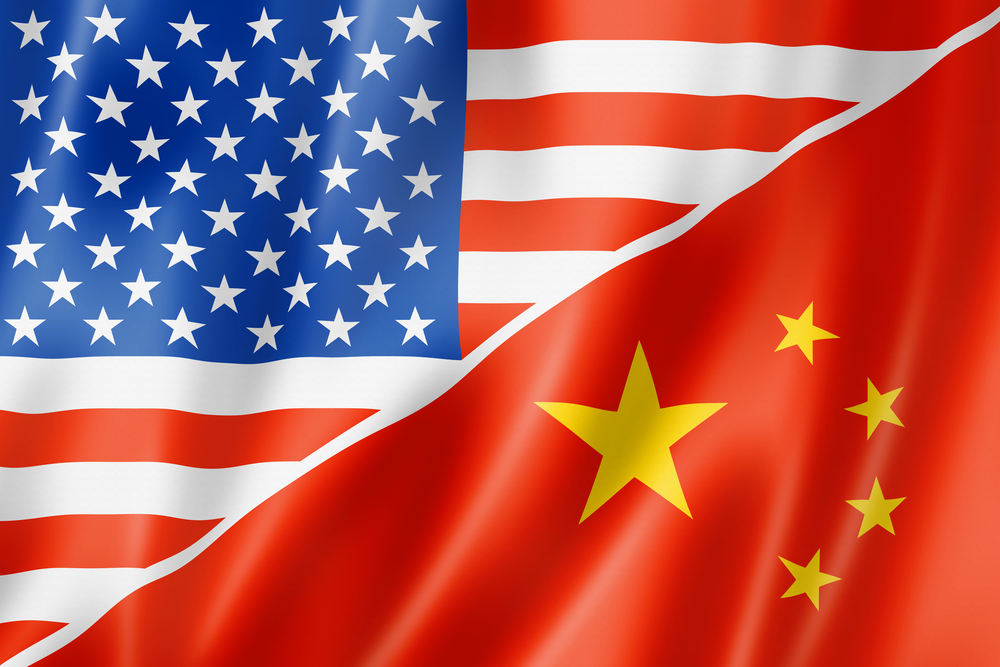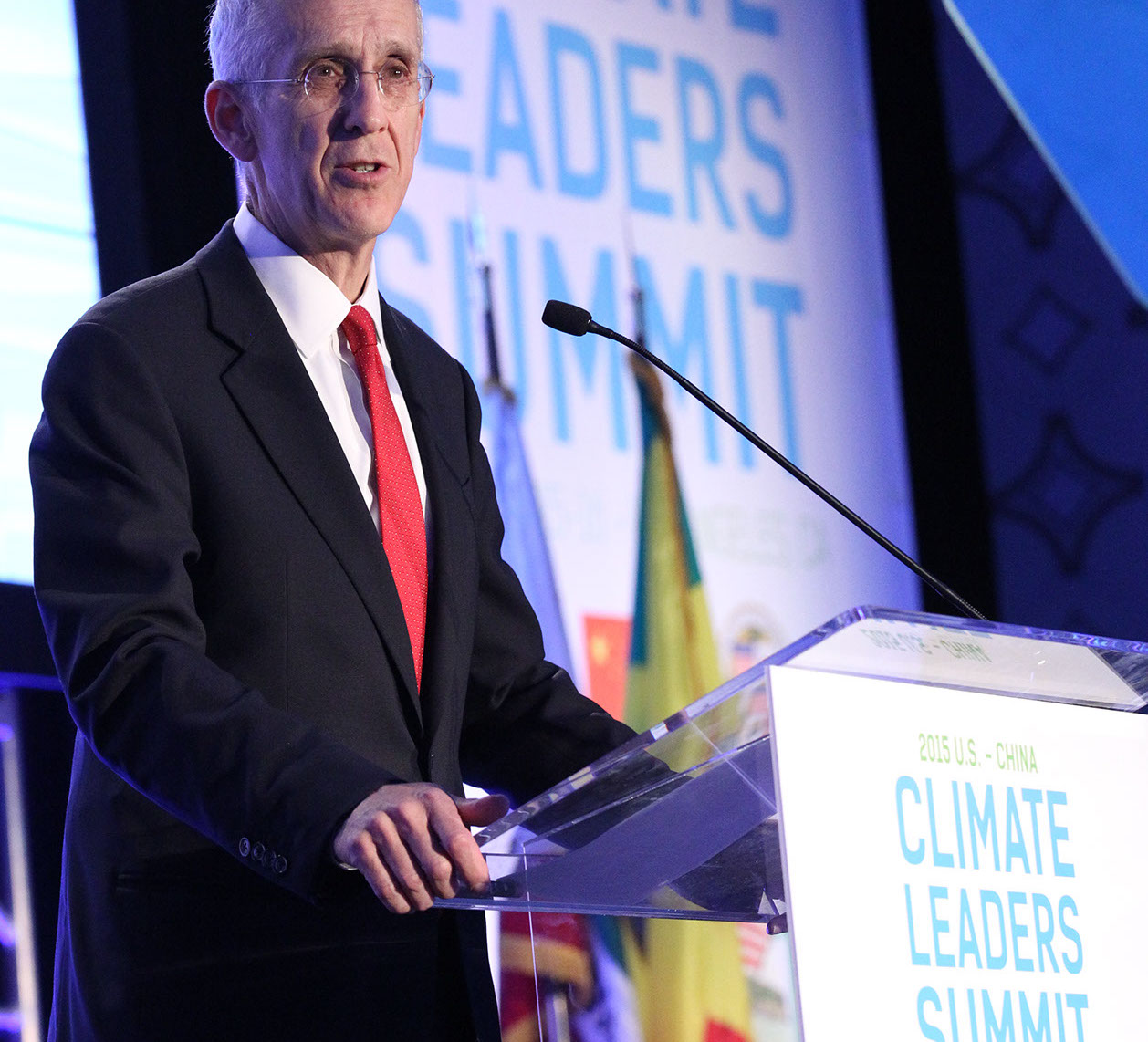Earlier this month officials and representatives from cities around the world met in Los Angeles at the US-China Climate Leaders Summit and announced an ambitious assortment of carbon emissions targets, clean energy partnership proposals and new initiative for transpacific climate diplomacy. The meeting mirrored the discussions that took place when the presidents of both the US and China met in Washington and came to a renewed agreement on climate change goals and initiatives.
The LA summit had a particular focus on cities as cities are both responsible for 75% of global CO2 emission—with aging transportation and building systems being the primary culprits—and also, because major urban areas tend to be coastal, the areas that find themselves most vulnerable to the impacts of climate change in the form of rising sea levels and intensifying weather events. It’s essential that cities come together with a coordinated approach and develop integrated programs to raise awareness, and change behaviors.
At the conclusion of the Los Angeles meeting mayor and governors from across the US and China signed the US-China Climate Leaders Declaration affirming commitments to meet emissions targets that exceed the national goals being established by the presidents and defining ambitious action steps.
“This is going to take imagination. It’s going to take science. It’s going to take technology. And it’s going to take the political leaders at every level doing more and more” said California Governor Jerry Brown. “Across the entire spectrum of civilization, mankind has to rise to this incredible existential challenge.” Los Angeles is partnering with Zhenjiang City in China to limiting GHG emission to 2 tons per capita —80 percent below 1990 levels—by 2050. LA also agreed to partner with Shenzhen with a particular focus on reducing environmental impact in those cities’ busy ports.
The mayors and governors agreement may be more ambitious than the agreement reached later in the month at the national level by presidents Obama and Xi.
The international agreement has an attention-grabbing label as a “common vision,” but there was little new substance to the plans outlined. Even so, the continued dialog at the state, regional and national level is a promising indicator that the COP21 meeting later this year could be more productive than has been the case at previous Conference of Parties meetings.




